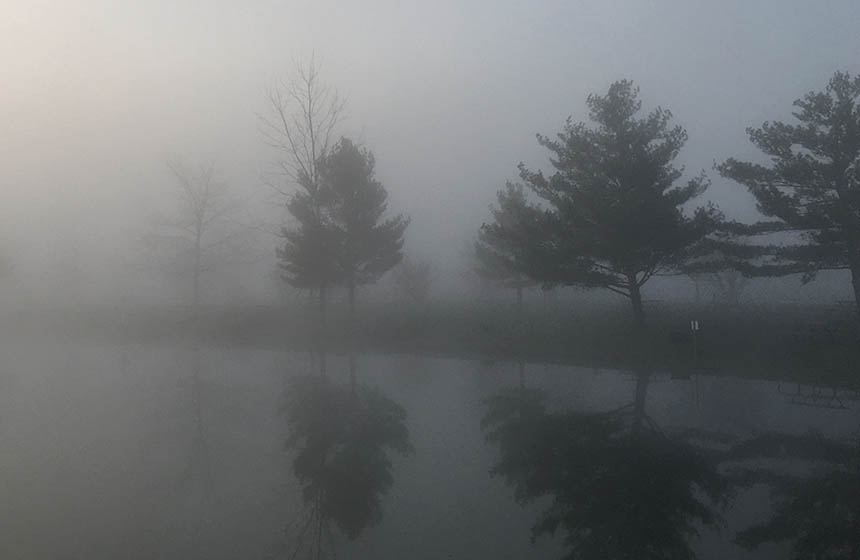Conversion of World War II Factory into Wetland Preserve
The Fernald Preserve represents a former World War Two Uranium plant reimagined and revitalized as a community nature reserve which supports native biodiversity.
Nature-based Intervention:
The 1,050-acre former industrial site has been cleaned of its pollution and transformed into a mosaic of created habitats through reintroducing native plant and grass species. Included in this are 385 acres of grassland(including tallgrass prairies and savannas), upland forests, lakes, riparian corridors, and one of the largest man-made wetlands in Ohio. The intervention also included creating 7 miles worth of hiking trails to increase access to the natural site for the local community. Continued management of the site occurs with a large focus on improving ground and surface water quality. Interventions also take place to limit erosion and the presence of invasive species.
Overview of context and outcomes:
This site previously produced high-purity uranium metal products for the American military during World War Two. After it was decommissioned in 1989, efforts shifted to clean up and restore the environment surrounding the site. It took until 2006 for the project to have successfully cleaned and restored the landscape and at the time it was one of the largest environmental cleanup operations ever undertaken in U.S. history. It cost 4.4 billion USD to successfully clean and restore the site and it has been heralded as one of the most successful “reuse” projects undertaken in the United States.
Case effectiveness on
Climate change
The previously industrial landscape was transformed into a biodiverse habitat mosaic which can sequester far more carbon than in its previous state. Transforming from a source of emissions as a uranium factory to a likely net sink of carbon as a nature reserve.
Ecosystem health
Ecological effect: PositiveThese created habitats have proved to be important habitat for many local species, especially birds. Over 250 species of birds have been recorded at the site, with over 100 species of bird found to have nested within the Fernald Preserve.
Socioeconomic outcomes
The cleaning and regeneration of this site helped reduce the risk of uranium pollution effecting nearby communities and instead provided then with additional access to outdoor space.
Governance
The project is governed by the U.S. Department of Energy’s Office of Legacy Management. This office is in charge of restoring and managing decommissioned sites previously utilized by the agency.
Finance
The project is finance by the U.S. Department of Energy and took $4.4 billion dollars for the initial remediation and restoration.
Monitoring and evaluation
The site is continually monitored by the Office of Legacy Management which checks that both the restoration and pollution clean up remedies remain effective.
Trade-offs and limitations
Thus far, the project has not yet been able to remove all pollution impacts from the groundwater in the aquifer below the site. Uranium remains the main pollutant, but further clean up efforts are underway.

Intervention type
- Created habitats
Ecosystem type
- Created grassland
- Created wetland
Instigators
- National government/agency
Societal challenges
- Biodiversity conservation
- Climate change mitigation
- Health
Outcomes
- Food security: Not reported
- Water security: Not reported
- Health: Positive
- Local economics: Not reported
- Livelihoods/goods/basic needs: Not reported
- Energy security: Not reported
- Disaster risk reduction: Not reported
- Rights/empowerment/equality: Not reported
- Conflict and security: Not reported
- No. developmental outcomes reported: 2
Resources
Read resource 1Read resource 2
Literature info
- Grey literature


